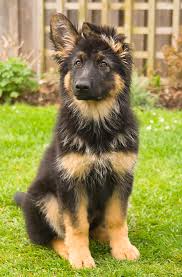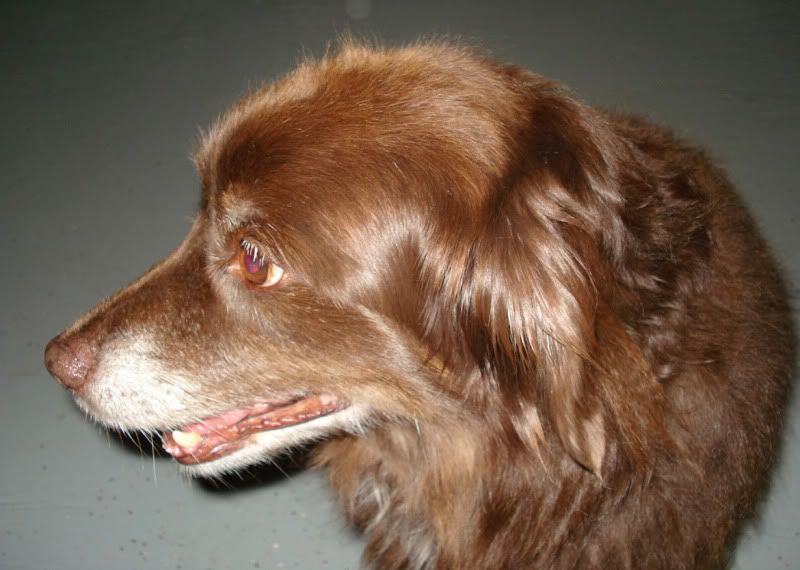
1. Start early! Puppies have a window for socialization that closes and you can’t re-open it easily once it does. The best time to take a puppy to a positive training class is when they are less than 16 weeks of age. Sadly, many people wait because they think they cannot attend class until pup has had all his shots. But, many veterinarians now believe that it is just as important to protect a puppy’s mental and behavioral health as his physical health. Puppies should have at least one set of vaccines at least 7 days prior to their first class, be parasite free, and kept up to date with age-appropriate vaccines during classes.
If you are considering a purebred dog from a breeder, be sure to do your homework – does the breeder do any socialization exercises while the pups are still with their mom? They should! Puppies can be exposed to different people, surfaces, sounds, wobble boards, mazes, crates and chew toys, etc. while still at the breeder’s home. While we advocate rescue, we understand that some people will want a purebred from a breeder – however, it is critical, if you go that route to find a reputable breeder.
If your particular breed has a breed standard that says “aloof” or “reserved” for example, be aware that you may need to pay particular attention to careful, early, and ongoing socialization.
2. Meet and greet! Meet and greet some more!!! Puppies should meet and greet lots and lots of people in the first weeks. That means people of different gender than the owner, and people of all sizes, especially babies and children of all ages and elders. If your pup is shy, all the more reason to get to puppy class with an experienced positive trainer. Make all interactions with people comfortable for your puppy. A small tidbit or lick of cheese offered by you just after someone starts petting the pup will go a long way to keeping his mouth occupied, telling him that petting is GOOD, and telling him that people predict good things happening for him. You can print out a Socialization Checklist and take it with you.
3. Socialize carefully. Puppies need lots of “padding” with other puppies and safe older dogs. They do not need to be “told off” or learn bullying play styles, either by example of older dogs or through fear. That’s why puppy socials or puppy classes are ideal for first experiences with off leash contact with other dogs.
It’s not enough that your pup plays with the other dogs in your home, or with one or two neighbor dogs. They need to learn that many different kinds of dogs are out there in the world, but that most are friendly. If a friend suggests letting your pup meet their dog, the question to ask is, “Does your dog play nicely with UNFAMILIAR dogs and PUPPIES?” Introductions should be made with leashes dragging (you’ll have to be a careful “wrangler” so that no one gets tangled).
Be sure that all play takes place in a very securely fenced environment so you can remove collars and harnesses once you are sure the dogs are friendly. The area should also be small enough for you to intervene if you need to quickly step in to remove a dog, or give a gentle time out to pups that get overly-aroused.
Normal play means both dogs are having fun, no one looks stressed, and there is plenty of “give and take” with lots of curved body language and meta-signals, such as “play bows” and exaggerated pouncing. There may or may not be wrestling, growling, play-biting, etc. If you are not sure your pup is having fun, do a “consent test” – gently remove the “offending” pup and see if the underdog pup goes to seek him out again. If so, they are probably OK. If not, time to find another play mate for a little while, or even permanently. This doesn’t necessarily mean that the offending dog is awful (after all, it may be YOUR pup that is overly aroused at times), it may just mean that the dogs’ play styles are not compatible at this stage.
4. Make sure your puppy gets husbandry training so that he/she will be more comfortable when you must give puppy a pill or clip nails, or he/she must go to the veterinarian or groomer. Acclimating puppies to being handled all over is important, as is getting them used to having their collar grabbed or to being hugged (children tend to hug dogs, and most dogs don’t naturally like being hugged, so it’s important that we teach them!). For those of you who want to more thoroughly understand the process that good trainers use to do this, the ASPCA has an article about “Desensitization and Counterconditioning” on their virtual behaviorist section.
5. Use force free training!!! Evidence is mounting that if you train with aggressive methods your dog may be more aggressive. Many who are new to training think that all trainers do the same things. Training, however, is an unregulated industry and knowing how to find the right trainer isn’t always easy. The first place to look to find a force free trainer in your area is the international organization for force free pet professionals – Pet Professional Guild.
If you have no trainer nearby, Puppy Start Right is a great book that can help you with puppy’s early education.



